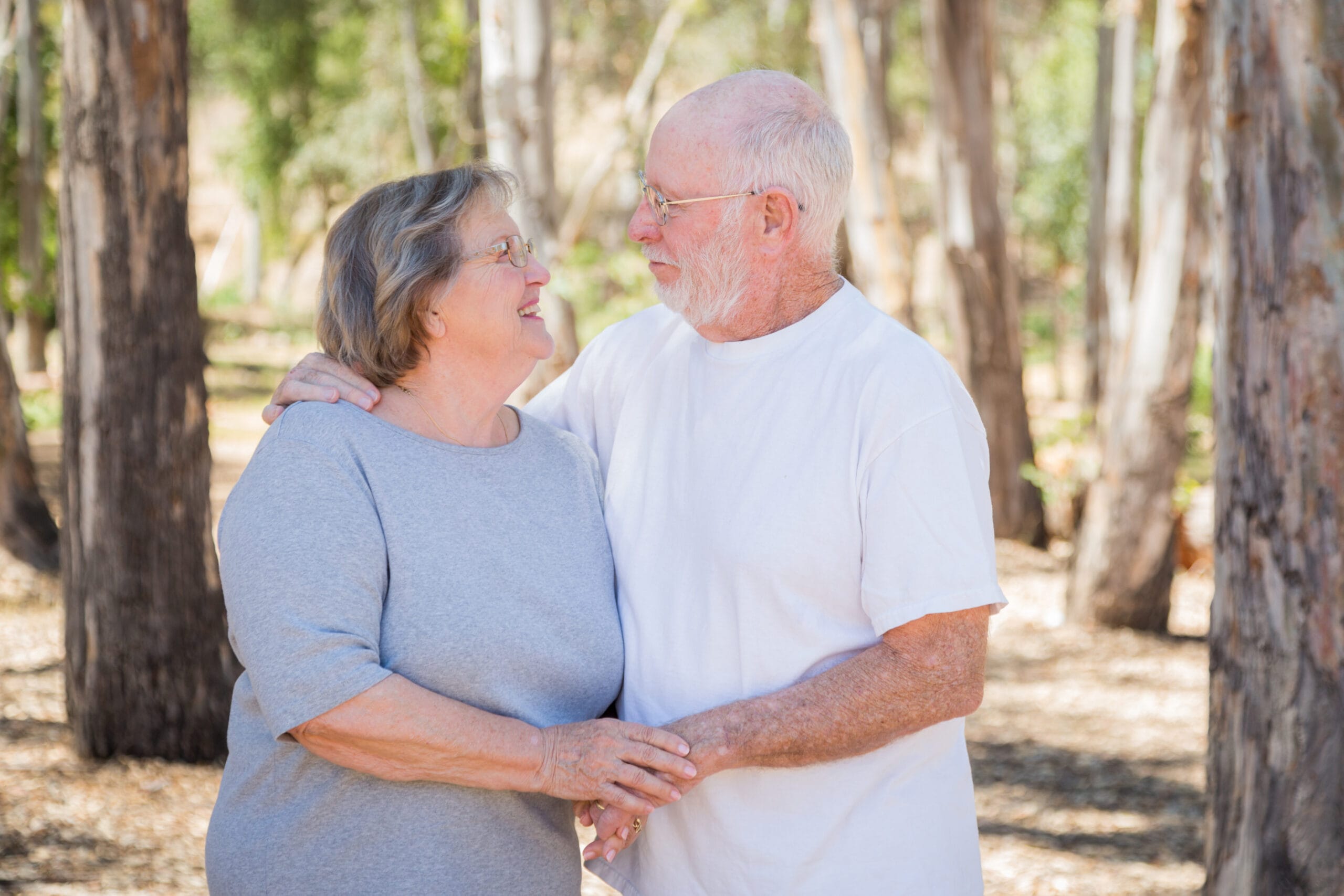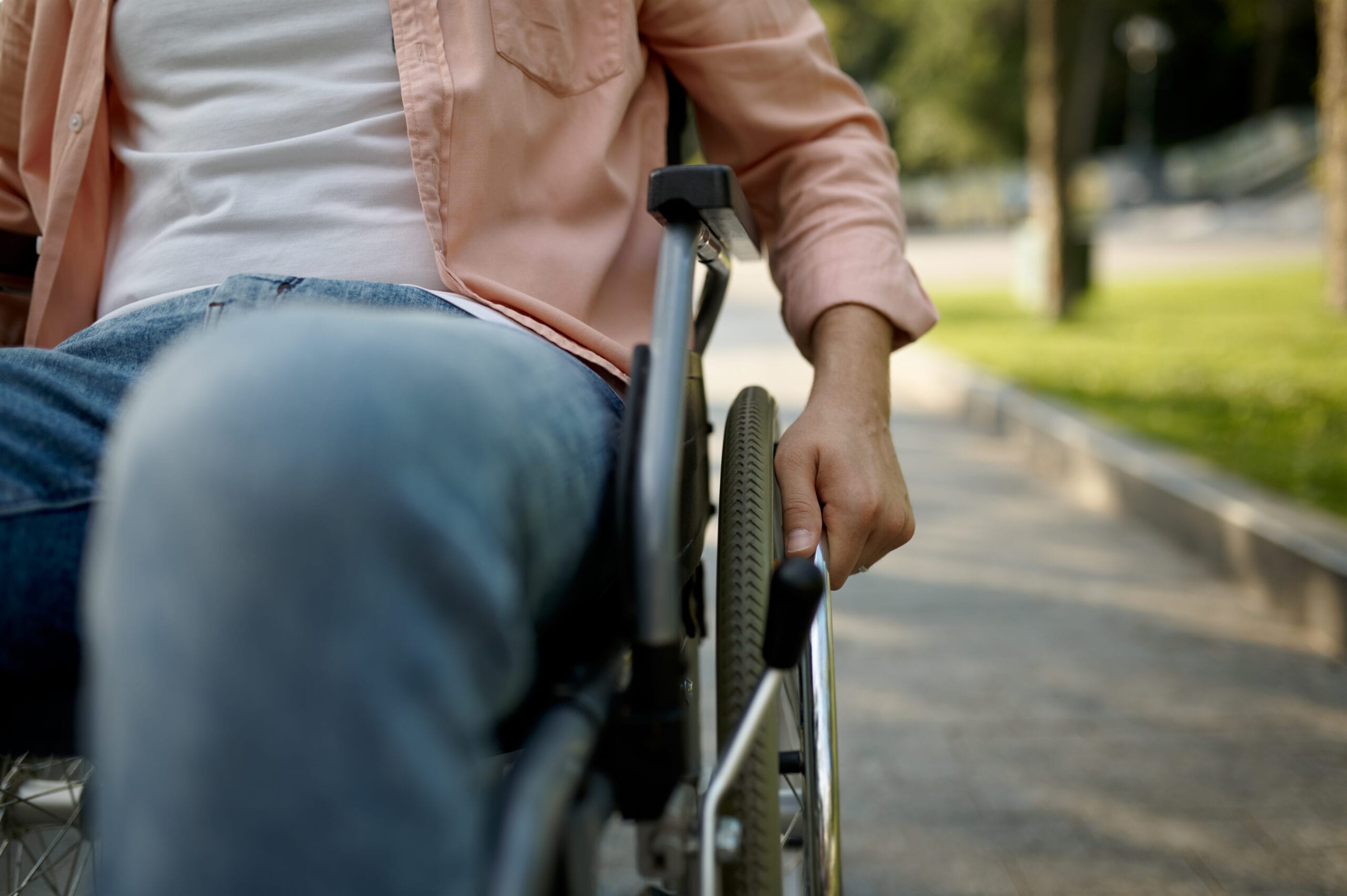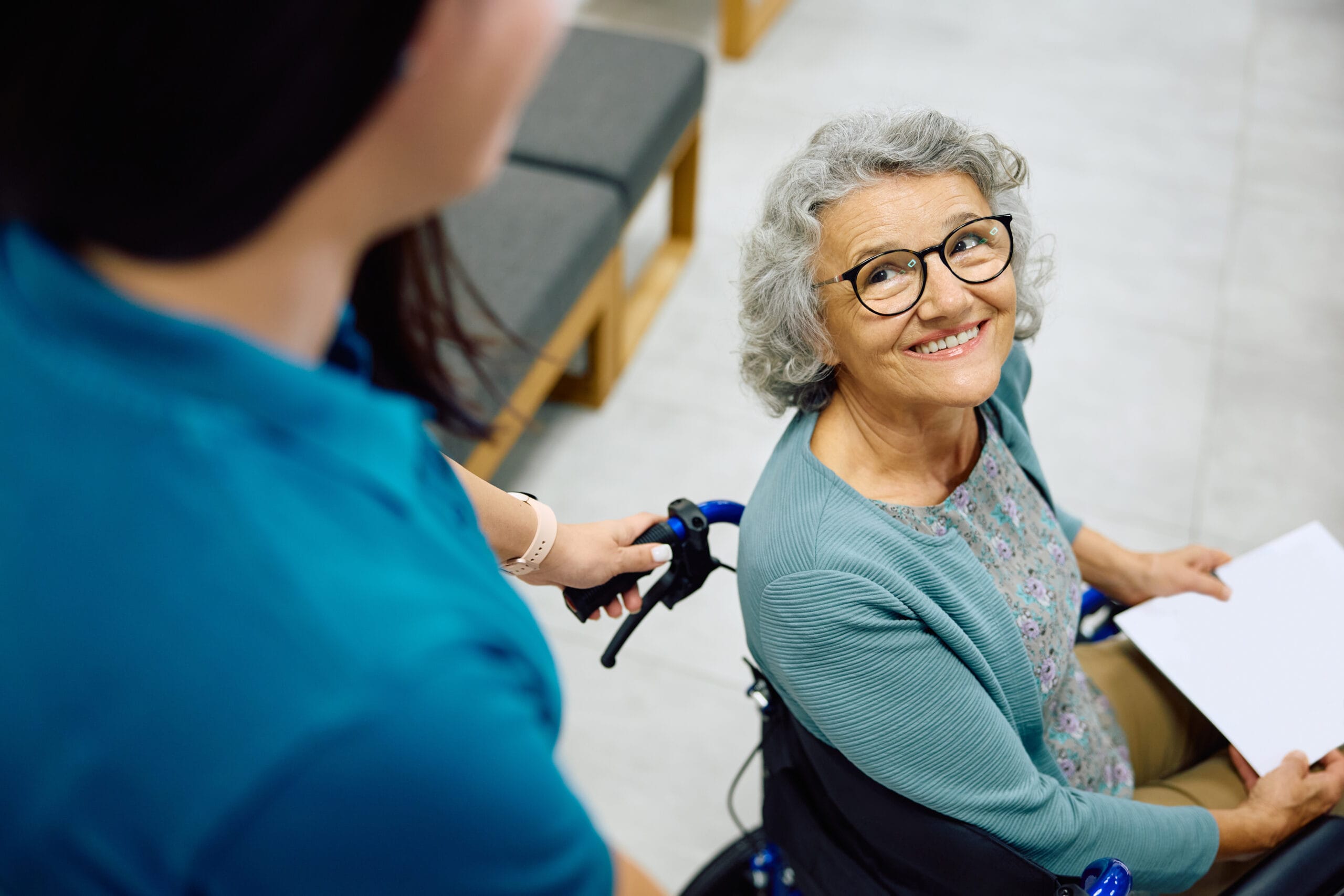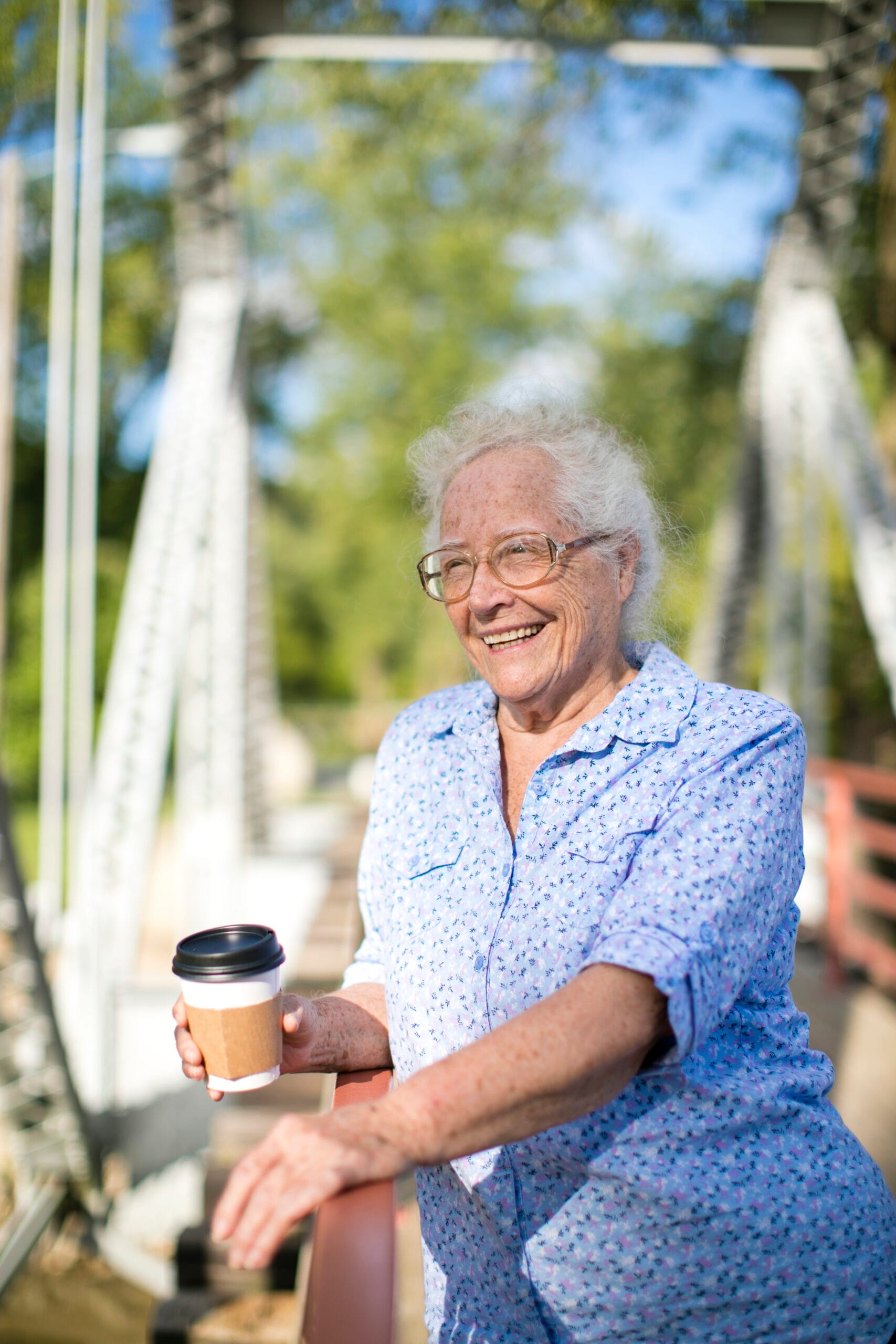Living independently at home is a cherished goal for many seniors in Byron Bay, the Northern Rivers, and across Australia. Maintaining a safe and comfortable home environment is absolutely crucial for supporting that independence and providing peace of mind for both seniors and their families. However, as we age, our homes can sometimes present hidden safety hazards that increase the risk of falls, accidents, and injuries. These can impact quality of life significantly.
The good news is that many of these potential hazards can be addressed with relatively simple, affordable modifications and proactive changes. This comprehensive blog post will outline five practical, actionable tips to make your home (or a loved one’s home) safer and more accessible for senior living, reducing risks and promoting continued independence. We’ll cover everything from decluttering to lighting improvements and bathroom safety, offering practical advice you can implement today. We at Avalon Home Care are experts in the field.
Reduce Clutter and Trip Hazards: Creating Clear Pathways for Safe Movement
One of the most common causes of falls for seniors, both indoors and outdoors, is tripping over objects on the floor. Clutter, loose rugs, electrical cords, and even small pieces of furniture can create significant obstacles, especially for those with mobility issues or vision impairments.
- Action Steps:
- Regular Decluttering: Make a habit of regularly decluttering floors, walkways, hallways, and stairways. Remove any items that are not essential or that could be easily tripped over. This includes loose rugs (or secure them with non-slip backing), electrical cords (tape them down or reroute them), shoes, books, and any other objects that might be lying around.
- Clear Walkways: Ensure that all walkways are wide and clear, allowing for easy passage with or without mobility aids such as walkers, canes, or wheelchairs. Aim for at least a metre of clear space.
- Strategic Storage: Store frequently used items within easy reach, minimizing the need to bend, stretch, or climb on step stools. Consider using shelves, drawers, and storage containers that are easily accessible.
- Furniture Placement: Arrange furniture in a way that doesn’t obstruct walkways or create tight corners.
- Professional Help: Consider a declutter buddy or professional.
Improve Lighting: Illuminating the Way to Prevent Falls
Poor lighting can significantly increase the risk of falls, particularly at night or in areas with limited natural light. Making sure your home is well-lit is a simple but incredibly effective safety measure.
- Action Steps:
- Brighter Bulbs: Replace dim light bulbs with brighter, energy-efficient LED bulbs throughout the home, paying particular attention to hallways, stairways, bathrooms, and kitchens. Consider bulbs with a “warm white” or “daylight” colour temperature for better visibility.
- Nightlights: Install nightlights in bedrooms, bathrooms, hallways, and any other areas that might be traversed at night. Motion-sensor nightlights are particularly helpful, as they automatically turn on when movement is detected.
- Outdoor Lighting: Ensure that outdoor areas, including walkways, patios, and entryways, are well-lit. Consider motion-sensor lights or lights on timers.
- Accessible Switches: Make sure light switches are easily accessible and easy to operate, even for those with limited dexterity. Consider rocker-style switches or illuminated switches.
Enhance Bathroom Safety: A High-Priority Area for Fall Prevention
Bathrooms are often considered the most dangerous room in the house for seniors, due to slippery surfaces, the need to manoeuvre in tight spaces, and the potential for water-related accidents. Taking specific steps to improve bathroom safety is paramount.
- Action Steps:
- Grab Bars: Install sturdy grab bars near the toilet and inside the shower or tub. These provide crucial support and stability when standing, sitting, or getting in and out of the shower. Choose grab bars that are securely mounted to wall studs.
- Non-Slip Surfaces: Use non-slip mats or adhesive strips in the shower and on the bathroom floor to prevent slips and falls. Consider a non-slip bath mat outside the shower as well.
- Raised Toilet Seat: A raised toilet seat can make it significantly easier and safer to sit down and stand up, reducing strain and the risk of falls.
- Shower Chair or Bench: Consider a shower chair or bench for individuals who have difficulty standing for extended periods.
- Handheld Showerhead: A handheld showerhead can make showering easier and safer, allowing for more control and reducing the need to reach or twist.
- Adequate Ventilation: To prevent mould.
Make Stairs Safer: Addressing a Major Fall Hazard
Stairs can be a significant fall hazard for seniors, especially those with mobility issues, balance problems, or vision impairments. Taking steps to make stairs safer is essential for preventing serious injuries.
- Action Steps:
- Good Lighting: Ensure stairways are very well-lit, with light switches located at both the top and bottom of the stairs. Consider adding lighting under each step for enhanced visibility.
- Sturdy Handrails: Install sturdy handrails on both sides of the stairs, extending the full length of the staircase. Make sure the handrails are securely mounted and easy to grip.
- Step Condition: Regularly inspect stairs for any loose or broken steps, and repair them promptly.
- Contrast Strips: Add contrasting-colour strips (e.g., bright yellow or white) to the edges of each step to improve visibility, especially for those with low vision.
- Remove Trip Hazards: Keep stairs completely clear of clutter, including shoes, toys, or other objects.
- Consider Alternatives: Discuss stair lifts.
Review Medications: Minimising Side Effects that Increase Fall Risk
Certain medications, both prescription and over-the-counter, can cause side effects such as dizziness, drowsiness, blurred vision, or loss of balance, which significantly increase the risk of falls. Regular medication reviews are crucial.
- Action Steps:
- Regular Reviews: Schedule regular medication reviews with a doctor or pharmacist, ideally every six months or whenever a new medication is added. Discuss all medications, including over-the-counter drugs, vitamins, and supplements.
- Side Effect Awareness: Be aware of the potential side effects of all medications, particularly those that can affect balance, coordination, or alertness.
- Medication Management: If managing multiple medications is challenging, consider using a pillbox, medication reminder app, or seeking assistance from Avalon Home Care’s Medication Management service.
- Report Concerns: Report any new or worsening side effects to a doctor immediately.
- Safe Storage: Ensure all medications are stored safely and securely, out of reach of children and pets.
Creating a safe and supportive home environment is essential for seniors who wish to age in place independently and with dignity. By implementing these five relatively simple, yet highly effective, strategies, you can significantly reduce the risk of falls and other accidents in your home or the home of a loved one in the Byron Bay and Northern Rivers area. These changes can make a profound difference in promoting safety, well-being, and peace of mind. Remember, proactive prevention is key. Don’t wait for an accident to happen – take steps today to create a safer home.
Want a professional assessment of your home’s safety, or assistance with implementing these changes? Contact Avalon Home Care today for a free, no-obligation consultation! We’re your local experts in senior in-home care and home safety. Book a Free Consultation



